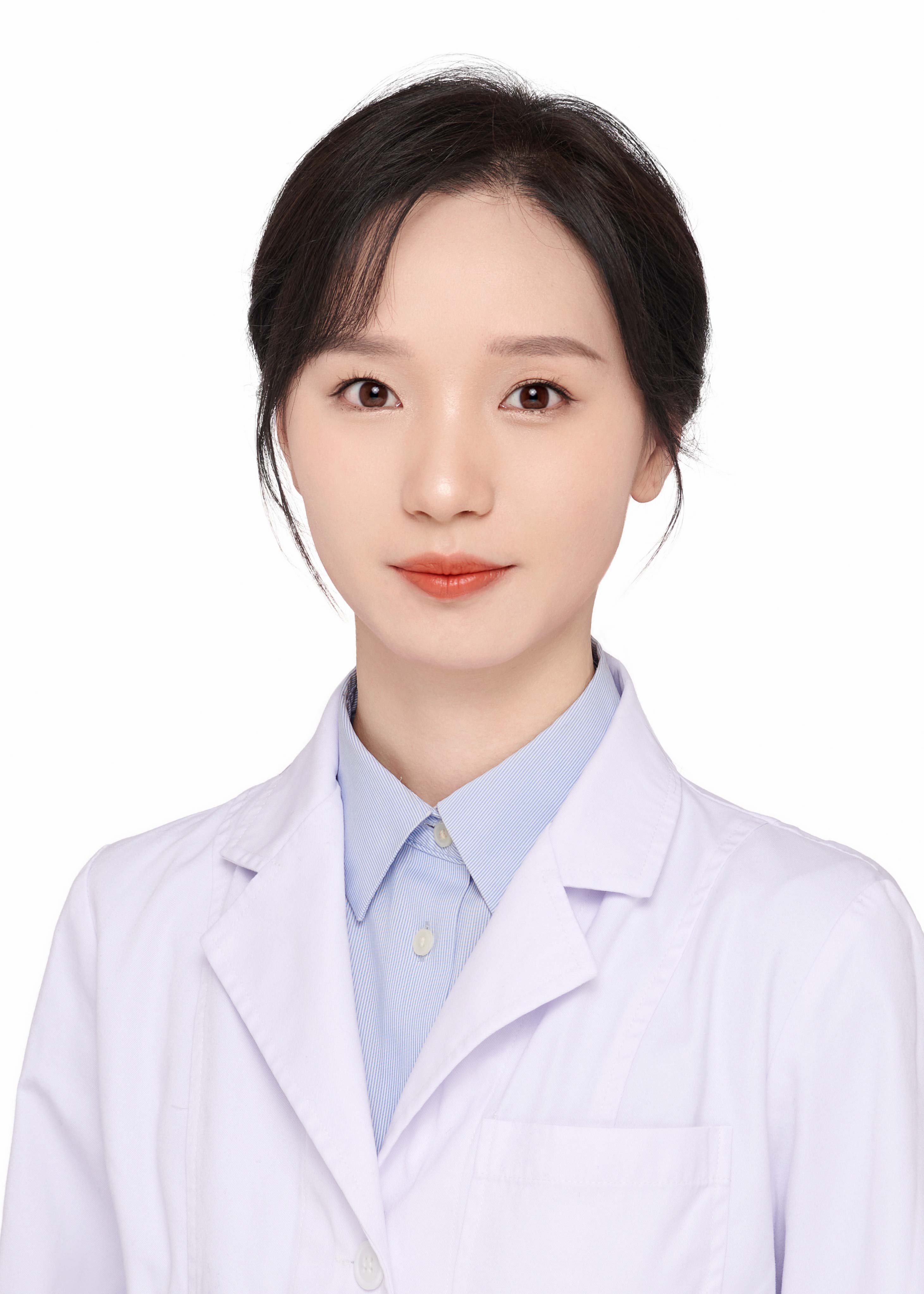How to remove age spots
Generally, age spots may be caused by factors such as slowed metabolism, ultraviolet (UV) radiation, reduced antioxidant capacity, endocrine disorders, and hypertension. Treatments under medical guidance may include chemical peels, laser therapy, curettage, or medication. Specific analyses are as follows:
1. Slowed Metabolism
As people age, the body's metabolic rate gradually slows down, reducing the ability to excrete waste products and pigments. This leads to pigment accumulation on the skin surface, resulting in age spots. Maintaining healthy lifestyle habits and engaging in moderate exercise can help promote metabolism. Under professional medical supervision, glycolic acid peels may be used—this treatment applies high-concentration fruit acids to the skin’s surface, using chemical exfoliation to remove the outer layer of dead skin cells, enhance skin cell metabolism, and accelerate epidermal cell renewal to fade pigmentation. The typical cost for a glycolic acid peel is 1,000–2,000 RMB per session, with visible improvement usually seen within 7–10 days. However, possible side effects include infection and post-inflammatory hyperpigmentation.
2. Ultraviolet Radiation
Prolonged exposure to UV rays allows them to penetrate the skin’s surface, activating melanocytes and triggering excessive melanin production, which leads to pigmentation and age spots. It is advisable to avoid extended exposure to strong sunlight and use sun protection measures such as sunscreen. Laser therapy, performed under professional medical guidance, uses specific wavelengths of light that penetrate the skin and reach the dermis. The laser energy is absorbed by pigment particles, creating a photothermal effect that breaks them apart. These fragmented particles are then engulfed by macrophages and eliminated from the body, effectively removing the pigmentation. The typical cost for laser treatment ranges from 200 to 5,000 RMB per session, with results generally visible within 2–4 weeks. Possible side effects include redness, swelling, and pain.
3. Reduced Antioxidant Capacity
With aging, the body's antioxidant levels decline, weakening its ability to neutralize free radicals. This results in cellular damage and pigment deposition, contributing to age spots. In daily life, consuming foods rich in antioxidants—such as blueberries and green tea—can be beneficial. Under medical supervision, curettage may also be considered. This procedure involves physically scraping off superficial pigmented lesions using a scalpel or specialized instrument. It is suitable for shallow age spots and removes pigmented tissue through mechanical means. The typical cost is 100–300 RMB per session, with improvement often noticeable within 1–3 hours. However, risks include local pain, bleeding, infection, and scar formation.
4. Endocrine Disorders
Factors such as staying up late, high stress levels, and irregular eating habits may lead to hormonal imbalances. Such conditions can disrupt normal melanocyte metabolism, causing pigment accumulation and age spots. Symptoms may include menstrual irregularities and mood swings. Patients should follow medical advice and may be prescribed medications such as Xiaoyao Pills, progesterone capsules, or Wuji Baifeng Pills for treatment.
5. Hypertension
Hypertension is a condition characterized by persistently elevated blood pressure in the arteries. Chronic hypertension can cause arterial wall hardening, impairing blood circulation and normal skin cell metabolism, thereby promoting the formation of age spots. Symptoms may include dizziness and headaches. Treatment should follow medical guidance and may involve antihypertensive medications such as valsartan tablets, losartan potassium hydrochlorothiazide tablets, or irbesartan tablets.
It is recommended to seek treatment at reputable medical facilities under the supervision of qualified professionals to ensure both effectiveness and safety. To prevent age spots, individuals should focus on lifestyle modifications: maintaining a balanced diet, increasing intake of antioxidant-rich foods, avoiding prolonged UV exposure, and adhering to regular sleep patterns and a positive mental state.





